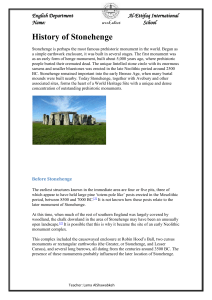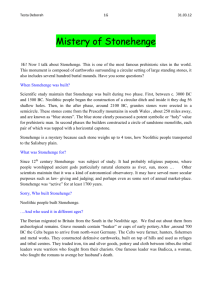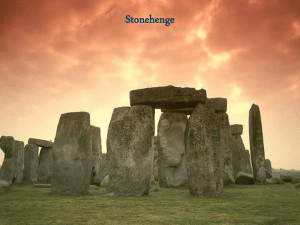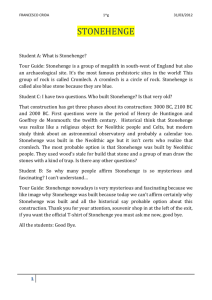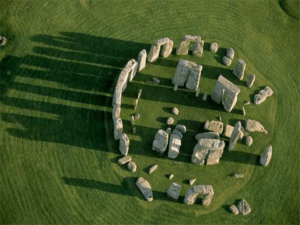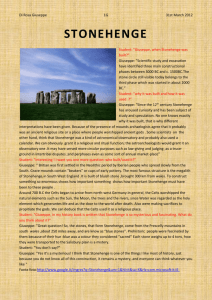MARIA_CAMILA_BEDOYA_ZAPATA
advertisement
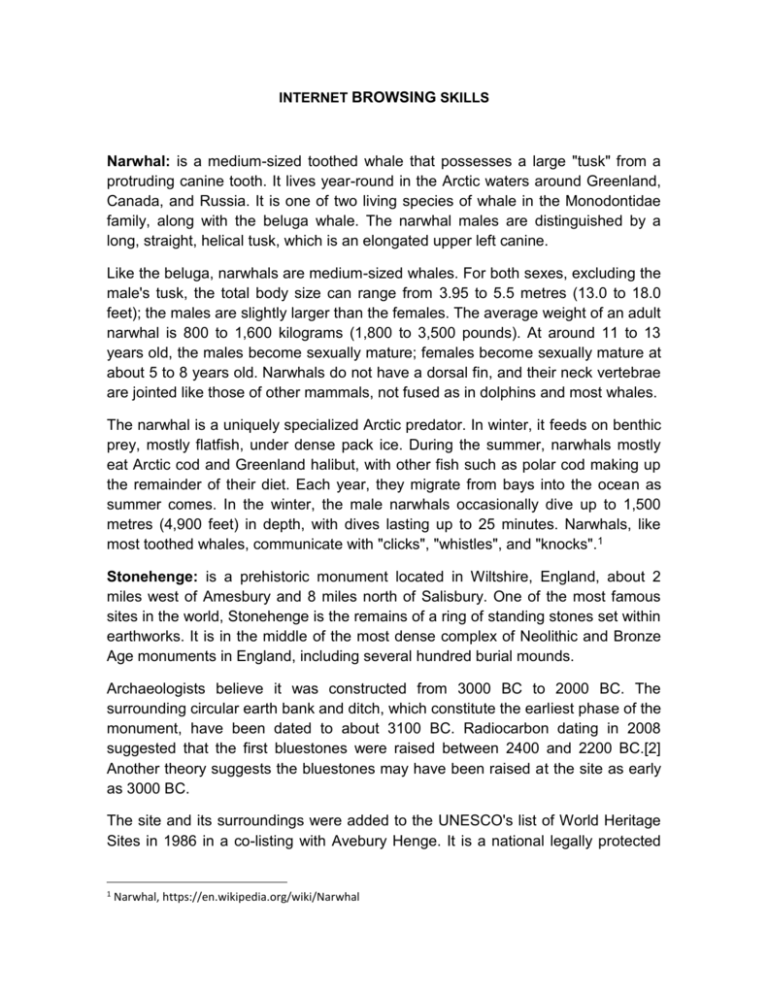
INTERNET BROWSING SKILLS Narwhal: is a medium-sized toothed whale that possesses a large "tusk" from a protruding canine tooth. It lives year-round in the Arctic waters around Greenland, Canada, and Russia. It is one of two living species of whale in the Monodontidae family, along with the beluga whale. The narwhal males are distinguished by a long, straight, helical tusk, which is an elongated upper left canine. Like the beluga, narwhals are medium-sized whales. For both sexes, excluding the male's tusk, the total body size can range from 3.95 to 5.5 metres (13.0 to 18.0 feet); the males are slightly larger than the females. The average weight of an adult narwhal is 800 to 1,600 kilograms (1,800 to 3,500 pounds). At around 11 to 13 years old, the males become sexually mature; females become sexually mature at about 5 to 8 years old. Narwhals do not have a dorsal fin, and their neck vertebrae are jointed like those of other mammals, not fused as in dolphins and most whales. The narwhal is a uniquely specialized Arctic predator. In winter, it feeds on benthic prey, mostly flatfish, under dense pack ice. During the summer, narwhals mostly eat Arctic cod and Greenland halibut, with other fish such as polar cod making up the remainder of their diet. Each year, they migrate from bays into the ocean as summer comes. In the winter, the male narwhals occasionally dive up to 1,500 metres (4,900 feet) in depth, with dives lasting up to 25 minutes. Narwhals, like most toothed whales, communicate with "clicks", "whistles", and "knocks".1 Stonehenge: is a prehistoric monument located in Wiltshire, England, about 2 miles west of Amesbury and 8 miles north of Salisbury. One of the most famous sites in the world, Stonehenge is the remains of a ring of standing stones set within earthworks. It is in the middle of the most dense complex of Neolithic and Bronze Age monuments in England, including several hundred burial mounds. Archaeologists believe it was constructed from 3000 BC to 2000 BC. The surrounding circular earth bank and ditch, which constitute the earliest phase of the monument, have been dated to about 3100 BC. Radiocarbon dating in 2008 suggested that the first bluestones were raised between 2400 and 2200 BC.[2] Another theory suggests the bluestones may have been raised at the site as early as 3000 BC. The site and its surroundings were added to the UNESCO's list of World Heritage Sites in 1986 in a co-listing with Avebury Henge. It is a national legally protected 1 Narwhal, https://en.wikipedia.org/wiki/Narwhal Scheduled Ancient Monument. Stonehenge is owned by the Crown and managed by English Heritage, while the surrounding land is owned by the National Trust. Archaeological evidence found by the Stonehenge Riverside Project in 2008 indicates that Stonehenge could have been a burial ground from its earliest beginnings.[8] The dating of cremated remains indicate that deposits contain human bone from as early as 3000 BC, when the ditch and bank were first dug. Such deposits continued at Stonehenge for at least another 500 years. 2 2 Stonehenge, https://en.wikipedia.org/wiki/Stonehenge

